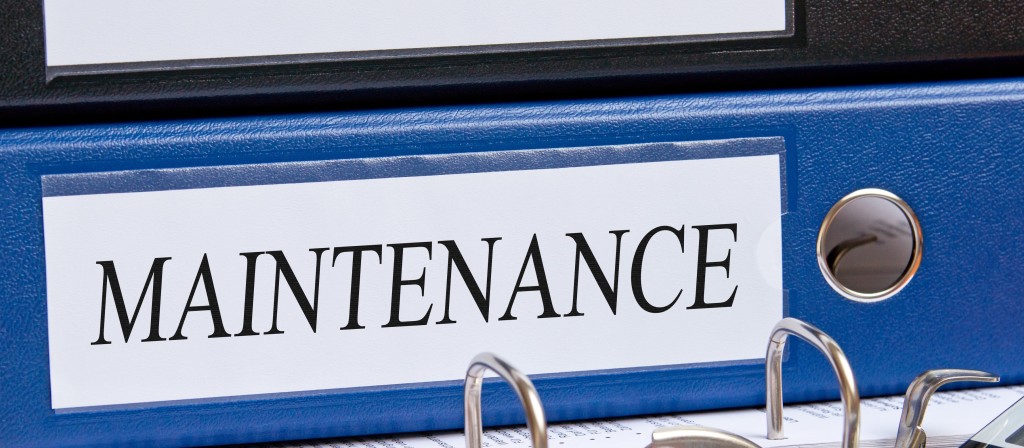Maintenance Procedures deliver essential information to ensure consistent delivery of a particular objective or requirement. If the procedure is not written in the correct way it has the potential to become at best a distraction and at worst a liability which may become a precursor to an unwelcome event.
Not following correctly a procedure can have significant outcomes including the potential for damage and injury, however it should be clearly understood that poorly written procedures make it more likely that errors will occur. Unfortunately Barriers cannot be guaranteed to be 100% effective, so we cannot assume protection within the procedure. Just as important is the Knowledge Background Competence and Experience of the person following the procedure.
In one study which considered the root cause of maintenance related incidents and events some 60% of the total was directly related to the use of procedures which were found on inspection to be poorly written.
The ability of the procedure end user to carry out the required action effectively depends on the success of the process of communication through the procedure (there is no verbal handover with aviation maintenance procedures they have to stand on their own.
The objective in writing a procedure is to create a framework which will lead to the minimisation of errors. To provide accomplishment guidelines as well as highlighting any risks or specific cautions, it also acts as an aide memoir to counteract the potential for several human factors including distraction and lack of knowledge.
Considering the objectives of the “Procedure”
a) Gathering the information together and delivering in a controlled and consistent way.
b) Providing for a delivery process for Organisational Standards.
c) Offering a sequence of steps which should be followed for the optimum delivery of the requirement.
Consider the downside of a “Poor procedure”
a) Poorly written procedures tend to be ignored.
b) Poorly written procedures can cause misunderstanding and lead to error.
Consider the objectives and how to develop the “Perfect Procedure”
a) Develop an organisational standard so all procedures are written in a consistent way to a common format.
b) Ensure that procedures are accurate and relevant.
c) Avoid unnecessary complexity when writing procedures – use simple aviation English terms.
If we can improve the standard of writing procedures, not only will we be able to deliver improved efficiencies we will also ultimately provide for a reduction of costs. If this improvement can be connected with positive changes in organisational culture and behaviour a direct and positive impact should also be seen in respect of Aviation Human Factor (HF) exposures.
Sofema Aviation Services offers training and consultancy for EASA compliant aviation as well as vocational training including Aviation English vocational training. For details please see www.sassofia.com or email: office@sassofia.com




